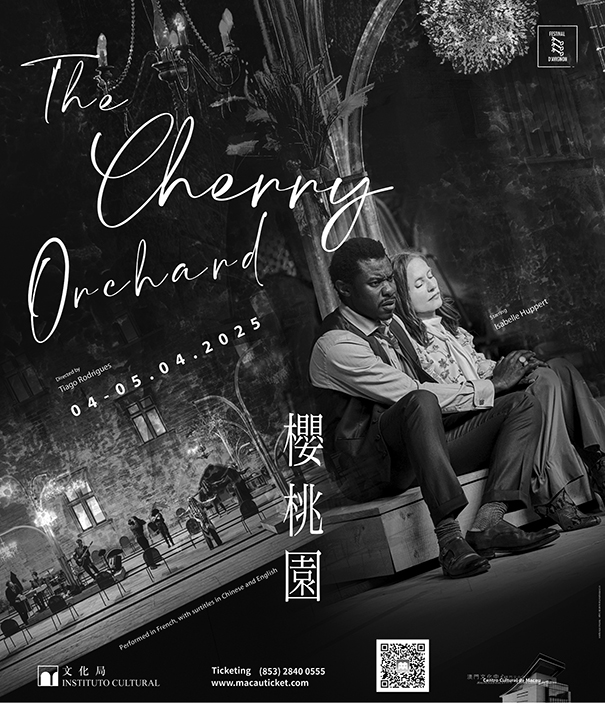We often hear the term – social media, which has become a common phrase in our daily lives, with platforms such as Facebook, Instagram, Twitter, WeChat, WhatsApp, and TikTok. But what is social media?
According to Whatls.com, social media is a collective term for websites and applications that focus on communication, community-based input, interaction, content-sharing, and collaboration.
The Investopedia website pointed out that social media is ubiquitous in the United States and Europe, while Asian countries like Indonesia lead the list of social media usage, with more than 4.5 billion people using social media in the world, as of October 2021.
The MyLifespan website quotes Pew Research as saying that 97 percent of 13- to 17-year-olds use at least one of the world’s seven major online platforms, which shows the use of social media is nearly universal among today’s teens.
With more and more people using and depending on social media, it becomes a necessity in our life, as well as part and parcel of everyday life. However, is social media a good thing or a bad thing?
In my point of view, I believe that social media is a positive aspect in people’s lives such as in the following:
Connecting people
We take Facebook as an example to illustrate “social media”, which we can use to communicate with people, such as our friends, relatives, or even our business colleagues who live near or far away from us, directly or indirectly. How? On Facebook, we can share our daily lives, such as by posting our points of view, or by sharing photos or videos of our updates. Through sharing, people who live across the ocean can learn about the life of the sharer even though distance keeps them apart. On the other hand, we can also contact anyone around the world personally, at any time, with just a few keystrokes, or with cameras via messenger on Facebook, to conduct a face-to-face conversation.
Sharing information
Similar to the point of communication, we can take advantage of the characteristics of social media, such as by using web space and uploading content in real time, for example, the function of “story” on Instagram, which enables companies to post pieces of information, such as advertisements and news, to attract Instagram users to buy products according to their wishes.
Apart from advertising, users can also catch news from social media, thereby learning what is happening around the world, such as the news about a recent earthquake in Taiwan, even if we are in Macau, which has a great impact on raising people’s awareness of different aspects.
According to the ProCon.ORG website, in 2020, 78.5 percent of traditional media reporters polled used social media to check for breaking news, while 59 percent of Twitter users and 31 percent of Facebook users followed breaking news on both sites. Social media users have reported events before traditional media outlets.
Involvement in civic engagement
Nowadays, most people have mobile phones which they use as tools to contact people and record their daily lives by taking videos or photos and sharing elements of their lives on the internet or social media, such as their concerns on a particular topic. For example, the “group” function on Facebook and the “forum” function on Twitter, where strangers group together to share what they see and hear every day, and discuss their observations and opinions, such as the recent heated debate about an association’s proposal to give non-resident workers (NRWs) a 3,000-pataca consumption card, with each other.
The Communication Management website quotes a study as saying that governments and associations use social media to enhance their communication with the public at an efficiency level where people can use social media to raise complaints and make recommendations.
In conclusion, we have mentioned a few positives of social media, but they don’t explain whether social media is a good or a bad thing. It stands somewhere in between the pros and cons but it always depends on how people use social media for communication.

Photo: courtesy of Unsplash






